Learn All About Kaiseki Cuisine Through These Must-Visit Kaiseki Restaurants
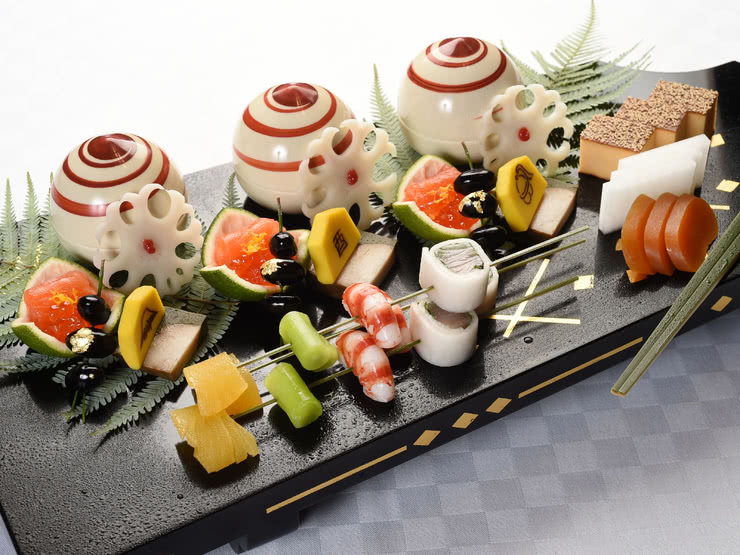
1. What is Kaiseki Cuisine?
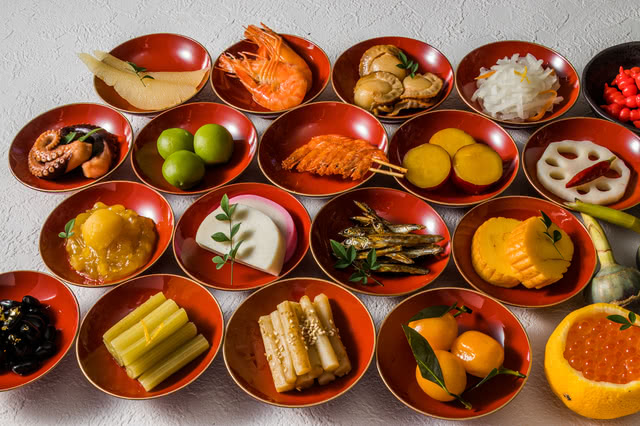
Today, this formal meal eaten during a tea ceremony is often referred to as “cha kaiseki” (literally, "tea kaiseki"). Therefore, “kaiseki cuisine” or “kaiseki” now usually refers to highly prestigious, authentic Japanese course cuisine.
2. The Difference Between the 2 Kaiseki Cuisines (懐石 and 会席)
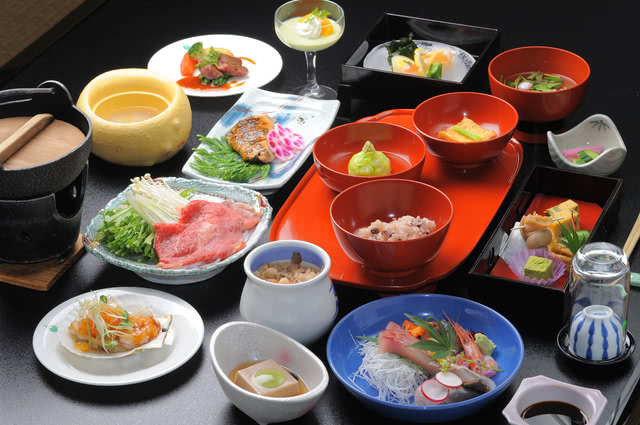
The highly formal cha kaiseki gives due importance to the etiquette of traditional Japanese tea ceremonies, whereas 会席 considers hospitality to be more important and is thus much more casual, with alcohol and conversations flowing with the cuisine. An easy way to remember everything is to keep in mind that 懐石 is the middle ground between the formal 茶懐石 and more casual 会席 in terms of formality and etiquette needed.
3. Etiquette When Eating Kaiseki Cuisine
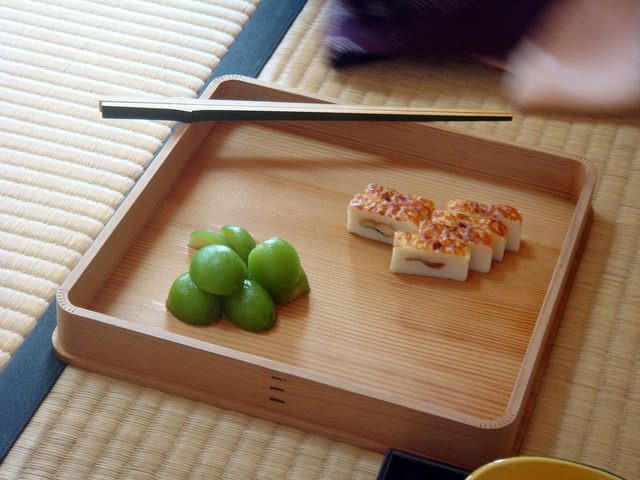
The dishes, such as soup, simmered dishes, and grilled items, are all served in the order they are to be eaten. If the next dish is served before you manage to finish the previous dish, then it is good manners to take one bite of the newly served dish, before finishing the previous dish.
4. Order of Items in Kaiseki Cuisine
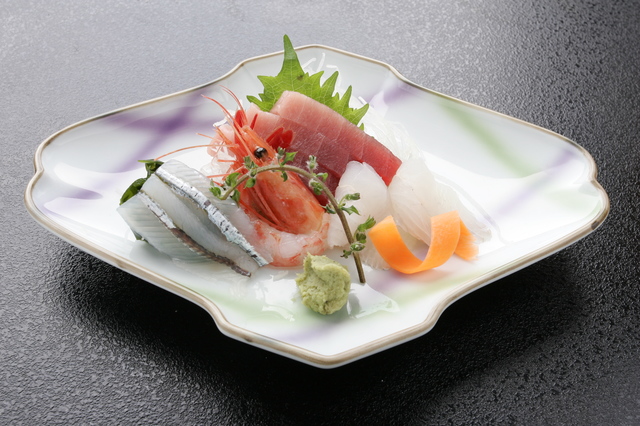
Soup: Miso soup with a few ingredients inside will be served in a soup bowl.
Mukozuke: The first of the ichiju sansai dishes, containing either sashimi or pickled vegetables. In formal cha kaiseki, the ichiju sansai dishes may be served all at once. Placed on the far side of the serving table.
Ni-mono: The second of the ichiju sansai dishes, consisting of simmered items. The main dish of the course meal.
Yakimono: The third of the ichiju sansai dishes. Grilled items like fish are served on a large plate to be eaten by all.
Azukebachi: Served in addition to the ichiju sansai dishes. Also sometimes referred to as “Shiizakana”.
Suimono: Soup with various ingredients that has been flavored with things like dashi (broth) and soy sauce.
Hassun: A side dish consisting of 2 - 3 delicacies from the sea and mountains, served together in a square hassun (cedar tray).
Yuzuke and Pickles: A serving of pickles and a bowl of yuzuke (bowl of rice served with hot water).
Dessert: The last dish to be served is a seasonal dessert.
4 Recommended Kaiseki Restaurants
Koryouri Kayou
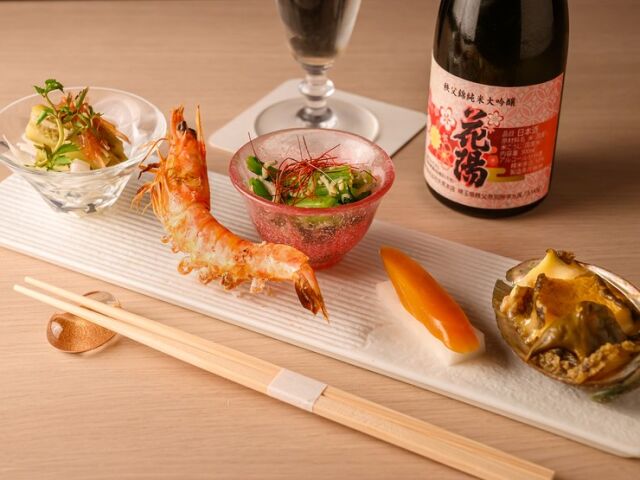
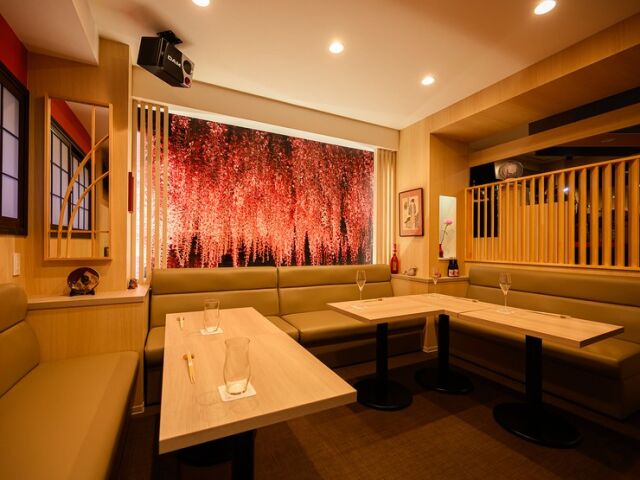
Koryouri Kayou
Closed: Irregular
Average price: [Dinner] 15,000 JPY
Access: 3-minute walk from Ginza Station on Tokyo Metro
Address: 3F, Sakae Bldg., 6-3-6, Ginza, Chuo-ku, Tokyo Map
More Details Reservation
Kyo-ryori Tategami
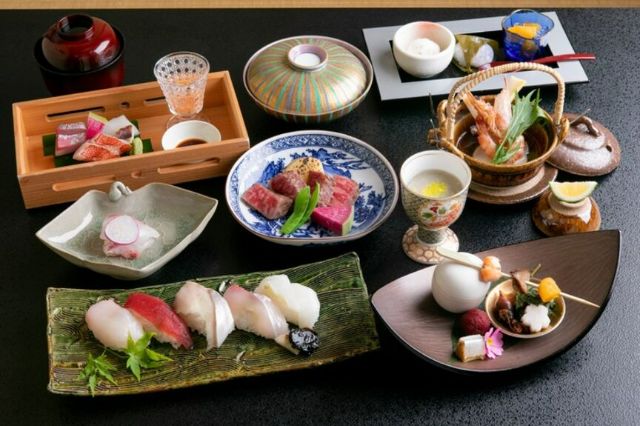
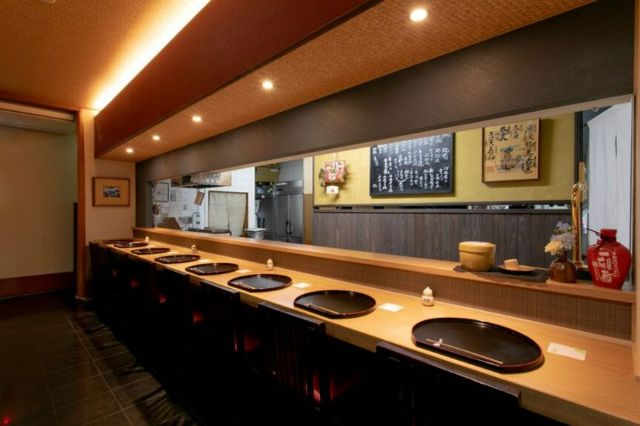
Kyo-ryori Tategami
Closed: Monday
Average price: [Dinner] 8,000 JPY / [Lunch] 3,500 JPY
Access: It is near the Horikawa-Marutamachi intersection
Address: 24-1, Aburakoji-nishiiru-marutamachi, Marutamachi-dori, Nakagyo-ku, Kyoto-shi, Kyoto Map
More Details Reservation
Higashiyama Yuuzu
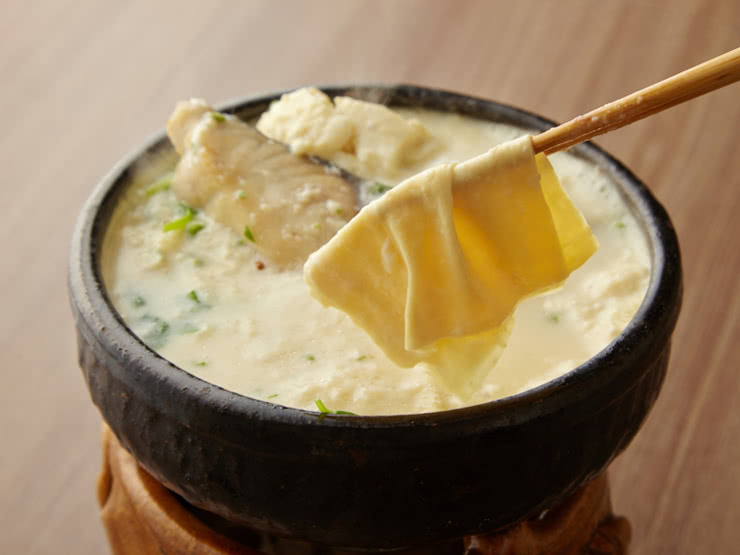
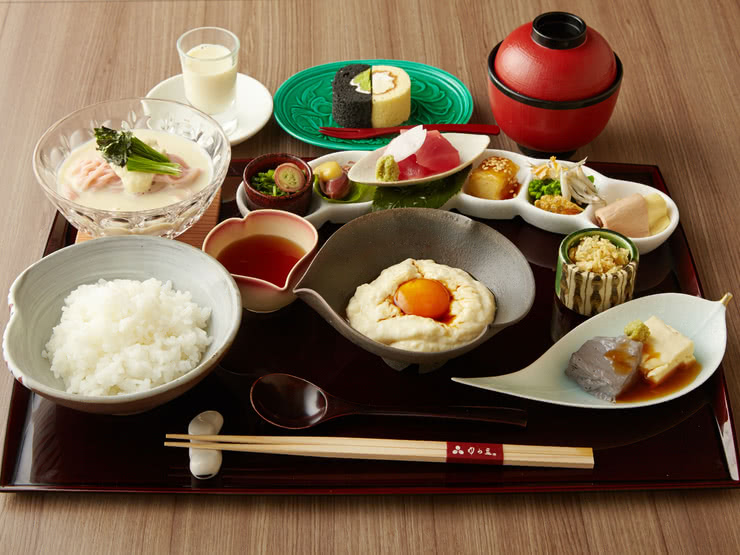
Yuba Higashiyamayuuzu
Closed: Thursday
Average price: [Dinner] 5,000 JPY / [Lunch] 2,000 JPY
Access: 7 minute walk from Gion Shijo station on the Keihan main line.
Address: 570-218 Gionmachiminamigawa, Higashiyama-ku, Kyoto, Kyoto (Map)
More Details Reservation
En
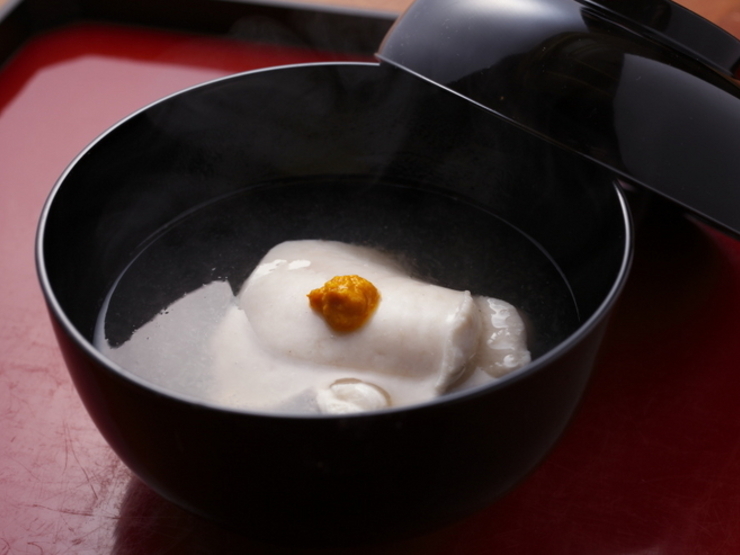
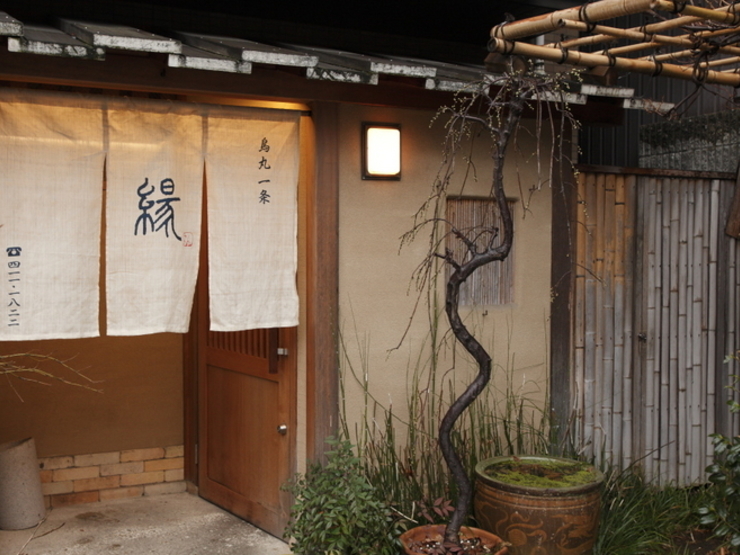
En
Closed: Thursdays
Average price: [Dinner] 15,000 JPY / [Lunch] 6,000 JPY
Access: Kyoto City Subway, Karasuma Line 5 minutes from exit number 6 of Imadegawa Station.
Address: Tatsumae-cho 589 (South of Karasuma Ichijo Intersection), Kamigyo-ku, Kyoto-shi, Kyoto
Disclaimer: All information is accurate at time of publication.
Thank you for reading our article.
Our goal is to take your culinary journey to the next level by helping you find the best restaurant. With SAVOR JAPAN, you can search and make reservations for
the Kaiseki restaurants found in and around Tokyo and Kyoto that fill your needs.
Discover more Kaiseki restaurants by area
- Tokyo Area
- Near Tokyo
- Kyoto and Osaka Area
- Hokkaido Area
- Northern Honshu (Tohoku)
- Central Honshu (Chubu)
- Western Honshu (Chugoku)
- Shikoku
- Kyushu
- Okinawa and Southeast Islands
Discover more restaurants to eat Japanese Cuisine by area
Keywords
Related Articles
New Articles
Categories
Cuisine
- Bars (21)
-
Japanese Cuisine (649)
- Kaiseki (42)
- Nabe (19)
- Okonomiyaki (18)
- Shabu Shabu (32)
- Soba (17)
- Sushi (129)
- Tempura (17)
- Teppanyaki (45)
- Shojin Ryori (2)
- Tonkatsu (10)
- Kushiyaki (10)
- Yakitori (41)
- Sukiyaki (33)
- Japanese Cuisine (335)
- Oyster (2)
- Sashimi/ Seafood (16)
- Unagi (eel) (30)
- Motsu Nabe (offal hotpot) (6)
- Mizutaki (chicken hot pot) (3)
- Oden (4)
- Kaisendon (seafood bowl) (6)
- Udon (2)
- Taverns(Izakaya) Cuisine (117)
- Western Cuisine (39)
- Italian/French Cuisine (91)
- Yakiniku/Steak (217)
- Chinese Cuisine (21)
- Ramen (Noodles) Cuisine (20)
- Cafe/Sweets (53)
- Other Asian Cuisine (5)
- Global/International Cuisine (7)
- Alcohol (42)
- Other (10)
Area
- Shikoku (10)
- Kyoto and Osaka (341)
-
Tokyo (432)
- Tokyo (263)
- Ginza (39)
- Roppongi (21)
- Shibuya (22)
- Shinjuku (41)
- Asakusa (19)
- Ebisu (10)
- Tsukiji (10)
- Tokyo Landmarks (3)
- Ueno (21)
- Akihabara (9)
- Ikebukuro (11)
- Jiyugaoka, Denenchofu, Nakameguro (9)
- Shimokitazawa (3)
- Kichijoji (3)
- Tachikawa (1)
- Omotesando, Harajuku, Aoyama (17)
- Akabane (1)
- Kagurazaka (4)
- Akasaka (8)
- Odaiba (1)
- Tsukishima, Harumi, Toyosu (3)
- Near Tokyo (97)
- Okinawa and Southeast Islands (58)
- Hokkaido (119)
- Northern Honshu (Tohoku) (31)
- Central Honshu (Chubu) (141)
- Western Honshu (Chugoku) (32)
- Kyushu (92)
Archives
- June 2025(18)
- May 2025(34)
- April 2025(43)
- March 2025(30)
- February 2025(36)
- January 2025(26)
- December 2024(69)
- November 2024(31)
- October 2024(15)
- September 2024(39)
- August 2024(65)
- July 2024(31)
- June 2024(54)
- May 2024(61)
- April 2024(28)
- March 2024(31)
- February 2024(42)
- January 2024(32)
- December 2023(20)
- November 2023(5)
- October 2023(11)
- September 2023(7)
- August 2023(18)
- July 2023(8)
- June 2023(8)
- May 2023(18)
- April 2023(15)
- March 2023(1)
- January 2023(1)
- April 2022(2)
- March 2022(2)
- February 2022(1)
- January 2022(1)
- July 2021(1)
- March 2021(1)
- February 2021(1)
- December 2020(1)
- October 2020(1)
- September 2020(2)
- August 2020(10)
- July 2020(6)
- June 2020(9)
- May 2020(11)
- April 2020(8)
- March 2020(8)
- February 2020(13)
- January 2020(9)
- December 2019(24)
- November 2019(8)
- August 2019(14)
- July 2019(15)
- June 2019(18)
- May 2019(17)
- April 2019(16)
- March 2019(22)
- February 2019(22)
- January 2019(26)
- December 2018(34)
- November 2018(40)
- October 2018(32)
- September 2018(11)
- August 2018(8)
- July 2018(6)
- June 2018(9)
- May 2018(10)
- April 2018(21)
- March 2018(74)
- February 2018(39)
- January 2018(26)
- December 2017(60)
Keywords
- Omakase
- Accessible
- Affordable
- All-You-Can-Eat
- Amazing Scenery
- anime
- Art
- Autumn
- Awards
- Beer Gardens
- Breakfast
- Chef Recommendations
- Cherry Blossoms
- Chinese
- Close To Station
- Condiments
- Counter
- Coupon
- Crab
- Culture
- Dassai
- Dates
- delivery
- Early Summer
- Editor's Recommendation
- English Available
- Event
- Expo
- Fall Leaves
- Family-Friendly
- Famous Restaurant
- Famous Tourist Spot
- Fast Food
- festival
- fireworks
- Flower Farm
- Free Wi-Fi
- French
- Great Location
- Guide
- Hibachi
- hotpot
- How To
- hydrangea
- Hygiene
- Illumination
- Italian
- Izakaya
- Japanese
- Japanese alcohol
- jingisukan
- Kaiseki
- Kappo
- Kushiage
- Kushikatsu
- Kyoto
- Late-Night
- Lunch
- Manners
- matsusakagyu
- Michelin
- mizutaki
- Model Course
- monjayaki
- motsunabe
- Mt.Fuji
- Multilingual Menus
- Nabe
- Narita Airport
- New Year
- Ninja
- Noodle
- Oden
- Okonomiyaki
- omotenashi
- Onsen
- Osaka
- Osaka Station
- Photogenic Site
- pizza
- PR
- Private Room
- Ramen
- ranking
- Recipe
- Regional Cuisine
- Resort
- Rice Bowl Dish (Donburi)
- sacred places
- Sake
- Sakura
- Sashimi
- sea urchin
- Setouchi Area
- Shabu Shabu
- sightseeing
- Signature Dish
- Soba
- Solo Diners Welcomed
- Spicy Food
- Spring
- Steak
- Summer
- Sunflower
- Sushi
- Takashimaya
- takeout
- Teppanyaki
- Terrace Seating
- Tokyo
- Tokyo Skytree
- Tokyo Tower
- unagi
- UNESCO
- Vegan
- Vegetarian
- Wagyu
- What Popular Gourmet Sites Recommend
- Whisky
- Wine Bar
- Winter
- Wisteria
- Workshop
- World Heritage Site
- Yakiniku
- Yoshoku
- Yuba
- Zen
Discover Restaurants By Area
-

Tokyo Area
Japan's largest city, Tokyo, is the center of culinary culture in Japan. Countless Tokyo restaurants serve every kind of food imaginable and the Toyosu fish market keeps restaurants stocked with the nation's finest fish.
-

Near Tokyo
Coastal areas, mountains and valleys surrounding Tokyo are bursting with tourist destinations, such as hot springs and ski slopes, where many unique foods are only available locally.
-

Kyoto and Osaka Area
The cities of Kyoto and Osaka, together with their surrounding areas, have greatly influenced Japan's culinary culture since the 7th Century. The region is renowned for its entertainment, Kobe beef, and wide-ranging traditional dishes.
-

Hokkaido Area
The island of Hokkaido is home to wide-ranging produce of the finest quality, such as rice, meat, vegetables, fish and fruit. Popular dishes from Hokkaido include robatayaki (food slowly roasted on skewers) and Sapporo miso ramen.
-

Northern Honshu (Tohoku)
The northern end of Japan's main island, Honshu, is renowned for its seasonal fruit and vegetables, nation-leading harvest of fish (especially tuna from Ohma), and delicious beef from Yonezawa, Sendai and Yamagata.
-

Central Honshu (Chubu)
Chubu is in the center of Japan's main island, Honshu, and its culinary culture reflects its position between Japan's western and eastern halves. Delicious Hida beef, world-famous Mount Fuji and many acclaimed sake breweries are in Chubu.
-

Western Honshu (Chugoku)
Chugoku, on the southwest of Japan's main island, is rich with diverse produce. Many of its products are praised as Japan's best, including Matsuba crabs from Tottori and oysters from Hiroshima. Its pears and muscats are also top grade.
-

Shikoku
The mild climate of Shikoku is ideal for growing citrus fruit such as sudachi. Shikoku is also famous for Sanuki udon noodles, huge yields of tiger prawn from Ehime Prefecture and the best torafugu (tiger globefish) in the country.
-

Kyushu
Western culture was first introduced to Japan through Kyushu, Japan's third largest island, where the influence of Portuguese and other western cuisine influenced the creation of a colorful culinary tradition.
-

Okinawa and Southeast Islands
Okinawa, Japan’s southernmost prefecture, is a treasure trove of distinctive dishes and drinks that have become popular throughout Japan, including Okinawa soba, unique sushi toppings and Awamori distilled liquor.
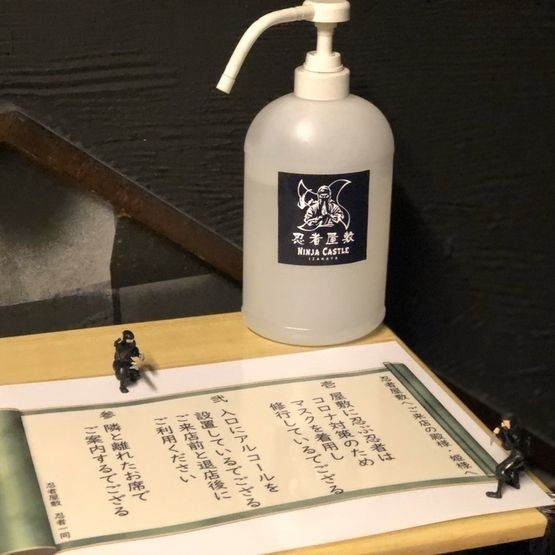
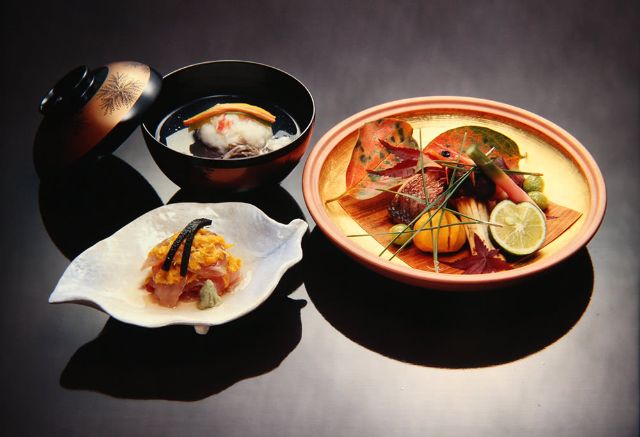
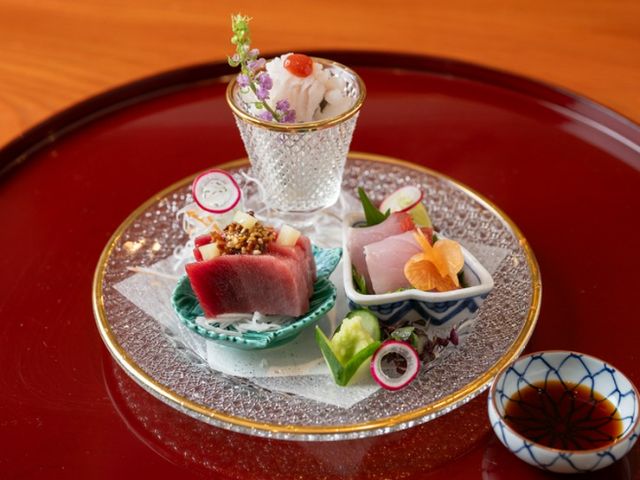
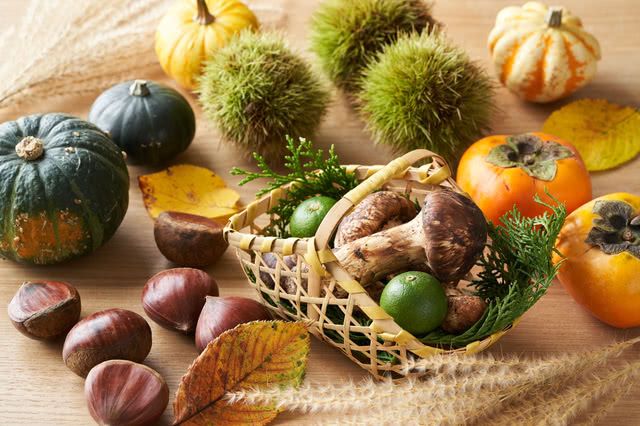
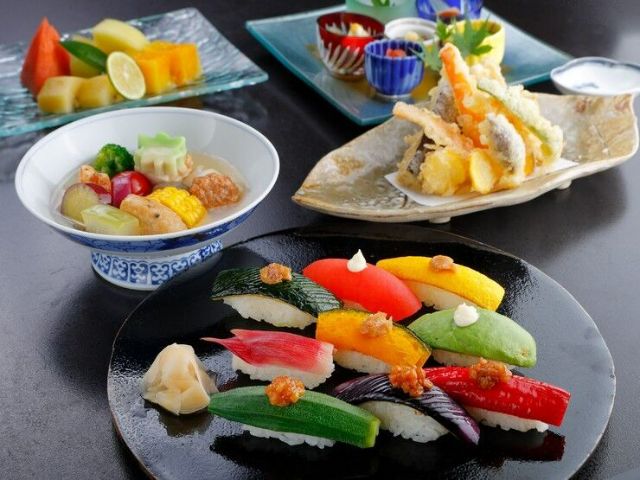
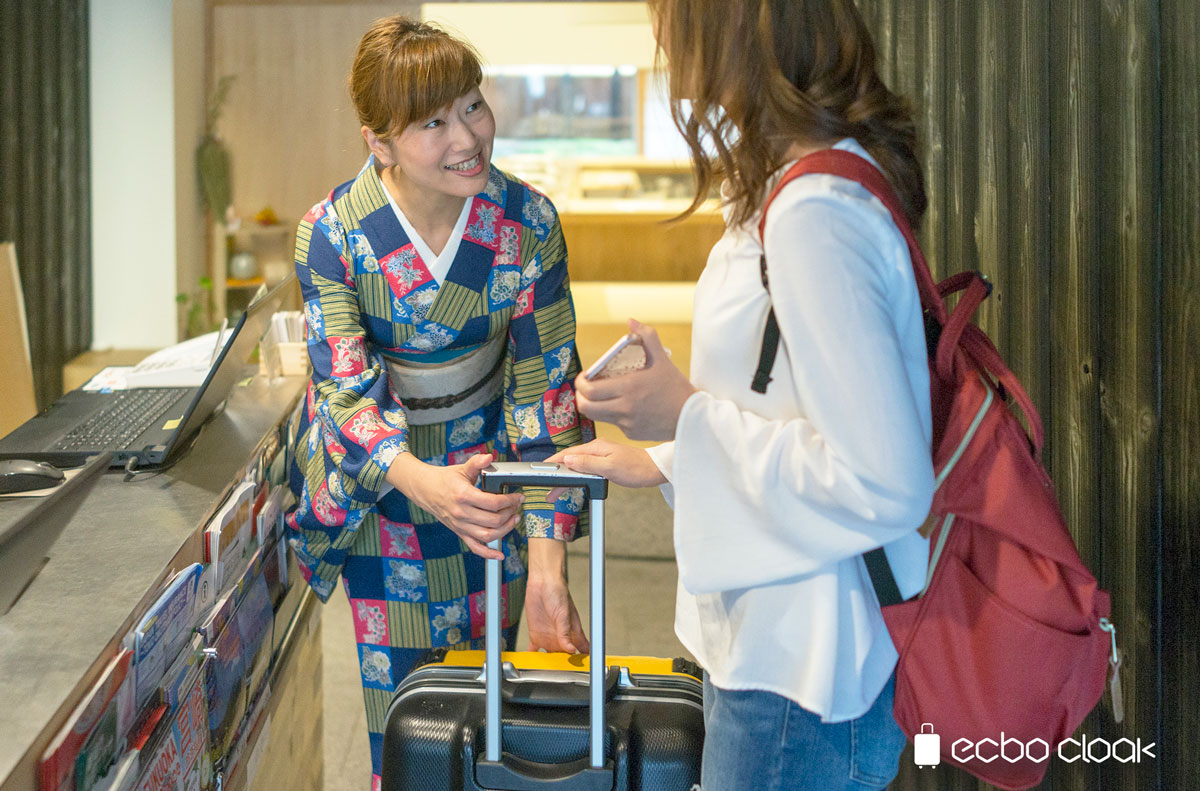
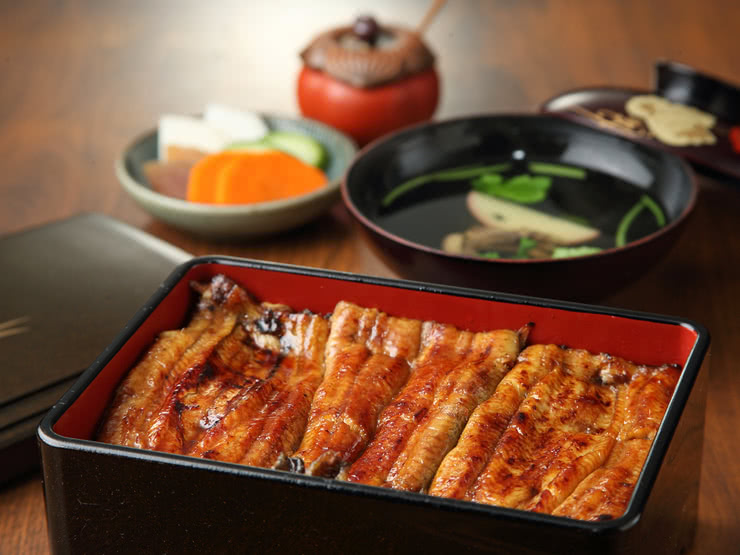
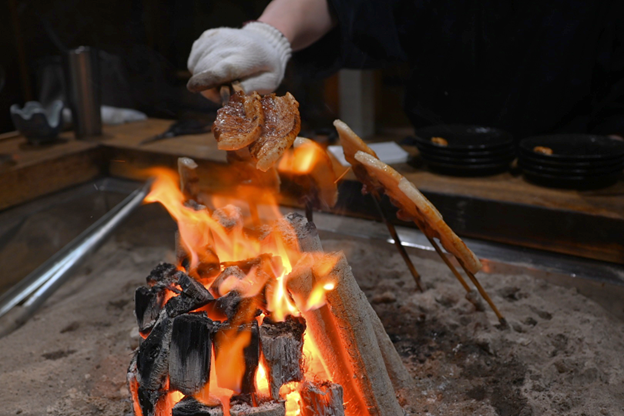
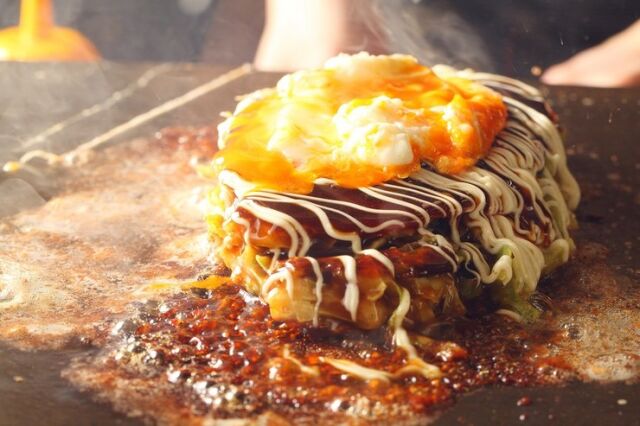
![Azabudai Hills [SUMI] (Janu Tokyo) ~ Editor's Afterword by the Editor-in-Chief of Japan's Gourmet Site "Hitosara"](https://rimage.savorjapan.com/svj/image/discover_oishii_japan/6536/article_head_150x105z.jpg?t=1750244602)